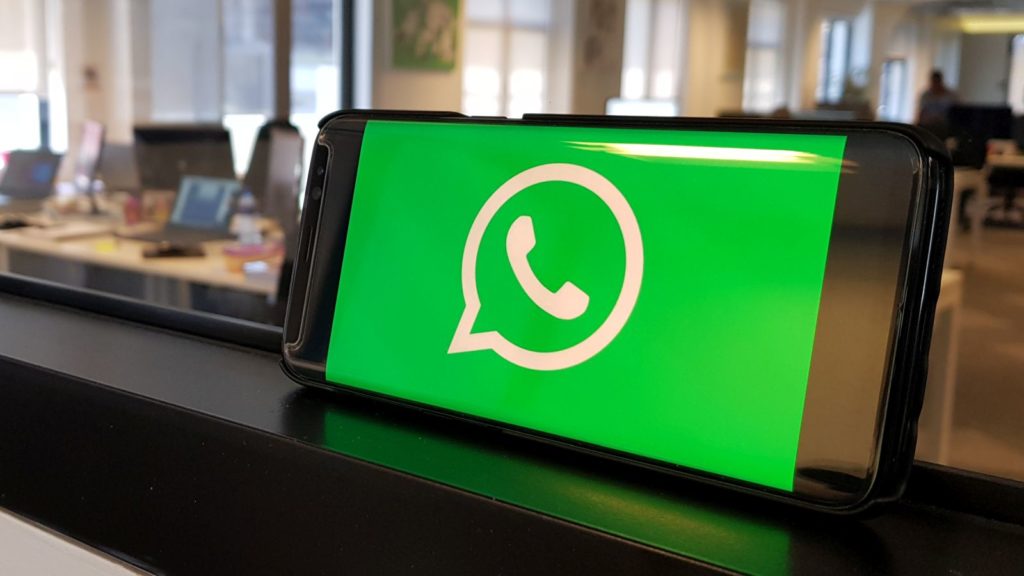When was the last time you sent an SMS in your personal capacity? Chances are that it’s been a while. Now, think about how many WhatsApp messages you send and receive on a daily basis.
Whether it’s text messages, images, gifs, or voice notes, WhatsApp is the primary medium of communication for most of us.
No ad to show here.
It’s not just you and your family, friends or colleagues though – over 1.5-billion people around the globe actively use WhatsApp and more than 38-million South Africans are on the platform, so why isn’t your contact centre?
A case for CX
As the face, voice and personality of your business, providing a good customer experience (CX) is fundamental to the role of the contact centre. While the provision of customer support is still mainly voice or email-based in South Africa currently, communication via IM, web chat, and social media has gained preference due to its widespread use, immediacy and efficiency.
However, achieving great CX lies not just in servicing customers via their contact channel of choice, but also in leveraging the benefits of these digital channels to enhance the level and type of service delivered.
How it works
Adding WhatsApp as a channel in your contact centre allows customers and contact centre agents to send each other messages, photos and documents, meaning that queries can be resolved when it’s convenient for the customer, and in real time.
From templated and predefined agent responses to using agents or chatbots (or a combination) to resolve a customer query, using WhatsApp as a contact channel can significantly reduce voice traffic, enhance customer service, and ultimately reduce the operational costs of your contact centre. In addition to this, it’s completely integrated into the existing contact centre environment, allowing you to focus on the business itself, rather than managing the technology that supports it.
A unified customer service strategy
Servicing customers efficiently can be challenging for most businesses – between front of line customer service in the contact centre to back office fulfilment, there are so many potential weaknesses in the chain that could impact service levels. Adding more contact channels (like WhatsApp) could potentially add another breaking point if managed incorrectly, which is why it needs to be implemented as a part of a cohesive customer service strategy.
Most importantly, customer interactions need to be measured and tracked, enabling contact centres to draw detailed reports on all interactions across all channels (WhatsApp, voice, email, web chat, social media etc.). Once this has been implemented, it’s easier to see the impact that every touchpoint, process or workflow has on your customer experience, helping you to identify what works well and what needs to improve.
Early mover advantage
So, why would you ignore the opportunity to engage with your customers on a platform that allows for instant two-way communication and that has none of the limitations of SMS?
Certainly, some might argue that the high cost of data in South Africa prevents people from being online all the time, but WhatsApp messages inherently use very little data. Most mobile networks also offer incredibly affordable WhatsApp bundles, allowing people to stay active on the platform throughout the month. Even if customers run out of data, work WiFi, and free public WiFi hotspots offer an easy route to maintain connectivity.
Comparatively few organisations have embraced the platform in their contact centres to date, opting to use emails, SMS’s and phone calls, or experimenting with chatbots to service customers. But as our lives transition more and more to the digital realm, so too do our expectations for immediate resolution on our preferred channel. This provides even more reason to embrace the use of WhatsApp in your contact centre to secure any competitive advantage you can over your competitors.
Feature image: Memeburn
